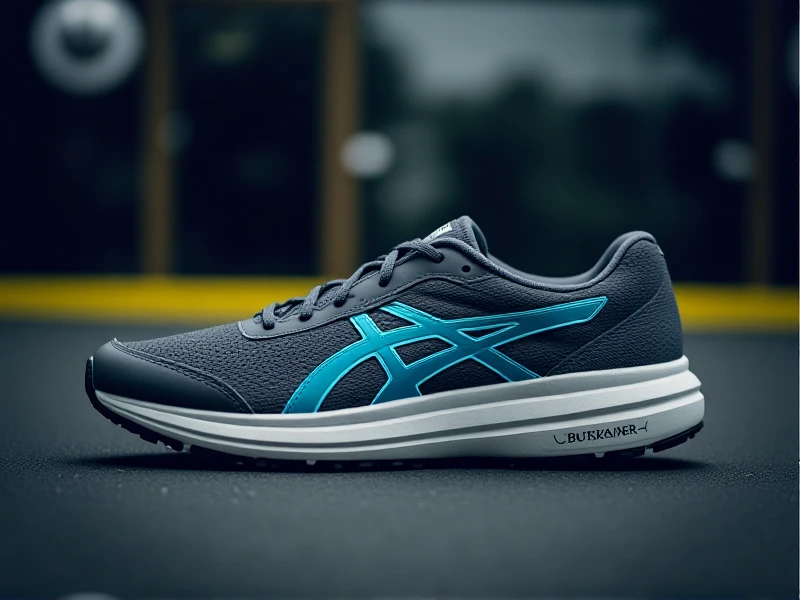
Fitness Shoes: Your Secret Weapon for Optimized Workouts
****
Forgetting your workout gear? You might improvise with a worn t-shirt, but your shoes are non-negotiable. Wearing the wrong footwear – running shoes for heavy weights or flat sneakers for dance class – isn't just uncomfortable; it actively hampers your performance and increases injury risk. This is why dedicated fitness shoes have become essential, designed precisely to handle the diverse demands of modern training. Unlike single-use sneakers, they are the versatile, supportive foundation for a safer, more effective routine.
At the heart of every quality pair of fitness shoes lies the need for multi-directional stability. Unlike straightforward running, gym workouts demand constant shifts: lateral lunges, quick footwork, side shuffles, and explosive jumps. Shoes with stiff, rigid outsoles designed solely for forward motion lack the flexibility and side support needed for these moves. True fitness trainers prioritize a stable base with features like grippy rubber compounds and strategic outsole patterns that provide traction when pushing, pulling, or changing direction instantly. A flatter, more stable platform also ensures better force transfer and balance during lifts, from kettlebell swings to heavy squats.
Secondly, superior fitness shoes deliver dynamic arch support. Your foot moves through complex stages during compound exercises and agility drills – needing stability when planted, support during the mid-stance, and flexibility for push-off. Dedicated trainers often incorporate flexible yet supportive midsoles and anatomically contoured footbeds that offer adaptable support throughout this entire range of motion, preventing excessive inward roll (pronation) that can strain your knees. The right level of arch support reduces fatigue, improves foot alignment, and enhances overall power output.
Finally, effective workout shoes understand impact diffusion. While running shoes primarily manage vertical impact, gym floors (and HIIT sessions) create unique stresses from jumps, plyometrics, and quick stops. Midsoles engineered for fitness shoes, often using responsive yet slightly resilient foams like TPU or EVA blends, target this multi-plane impact. Zoned cushioning strategically softens landings without sacrificing the ground feel crucial for controlled, powerful lifts. A secure, snug heel counter anchors your foot firmly, preventing slippage that can irritate the Achilles during repetitive impacts.
Choosing the perfect pair depends on your primary activity focus (e.g., CrossFit needs extra durability; dance HIIT prioritizes barefoot feel). Prioritize shoes that excel in stability, flexible support, and targeted impact absorption. Investing in proper fitness shoes is investing in your safety, your progress, and unlocking your full potential every time you train. What feature matters most for your next workout session?